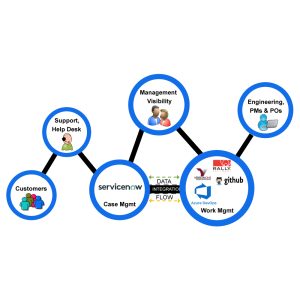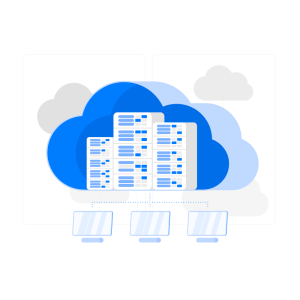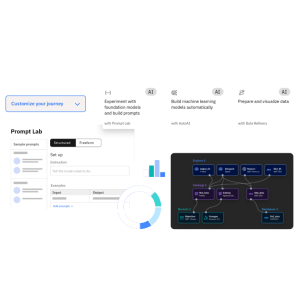Climate change presents escalating challenges for businesses, from supply chain disruptions to infrastructure vulnerabilities. Traditional reactive approaches are no longer sufficient; organizations need proactive strategies to anticipate and mitigate climate-related risks.
IBM’s Environmental Intelligence Suite (EIS) emerges as a pivotal solution, integrating AI-driven analytics with environmental data to empower businesses in making informed, automated decisions for climate resilience. By combining weather data, climate risk analytics, and carbon accounting capabilities, EIS provides a comprehensive view of environmental risks and their potential business implications.
Understanding IBM’s Environmental Intelligence Suite
IBM’s EIS is a cloud-based, AI-powered platform designed to help organizations monitor, predict, and respond to environmental conditions that can impact business operations. By combining weather data, climate risk analytics, and carbon accounting capabilities, EIS provides a comprehensive view of environmental risks and their potential business implications.
Key Features and Capabilities
1. Real-Time Environmental Monitoring
EIS offers real-time monitoring of environmental conditions, including severe weather events, wildfires, flooding, and air quality. This continuous surveillance enables businesses to stay ahead of potential disruptions.
2. Predictive Climate Risk Analytics
Utilizing advanced AI algorithms, EIS predicts potential impacts of climate change and weather events on business operations. These predictive insights allow for proactive planning and risk mitigation.
3. Automated Decision-Making
EIS facilitates automated decision-making by integrating environmental data into business workflows. For instance, it can trigger alerts for supply chain adjustments in anticipation of extreme weather events.
4. Carbon Accounting and Sustainability Reporting
The suite includes tools for measuring and reporting on environmental initiatives, aiding in carbon accounting and compliance with sustainability goals.
Intelligent Automation in Action
By embedding intelligent automation into environmental management, EIS streamlines responses to climate risks. For example, in the event of a forecasted flood, EIS can automatically initiate protocols to safeguard assets, reroute logistics, and inform stakeholders, minimizing potential damages and ensuring business continuity.
Industry Applications
Supply Chain Management
EIS enables supply chain managers to anticipate disruptions due to environmental factors, allowing for timely adjustments in sourcing, inventory, and distribution strategies.
Energy and Utilities
Energy companies can leverage EIS to predict demand fluctuations caused by weather patterns, optimizing energy production and distribution while mitigating risks associated with extreme weather events.
Agriculture
Farmers and agribusinesses can utilize EIS to monitor weather conditions, soil moisture levels, and other environmental factors, facilitating informed decisions on planting, irrigation, and harvesting schedules.
Benefits of Implementing EIS
- Enhanced Risk Management: Proactively identify and mitigate environmental risks.
- Operational Efficiency: Automate responses to environmental events, reducing downtime and resource wastage.
- Regulatory Compliance: Streamline sustainability reporting and ensure adherence to environmental regulations.
- Strategic Planning: Incorporate environmental insights into long-term business strategies for resilience and sustainability.
IBM’s Environmental Intelligence Suite stands as a transformative tool for businesses aiming to navigate the complexities of climate change. By integrating real-time monitoring, predictive analytics, and intelligent automation, EIS empowers organizations to make informed decisions, mitigate risks, and build resilient operations in the face of environmental uncertainties.




